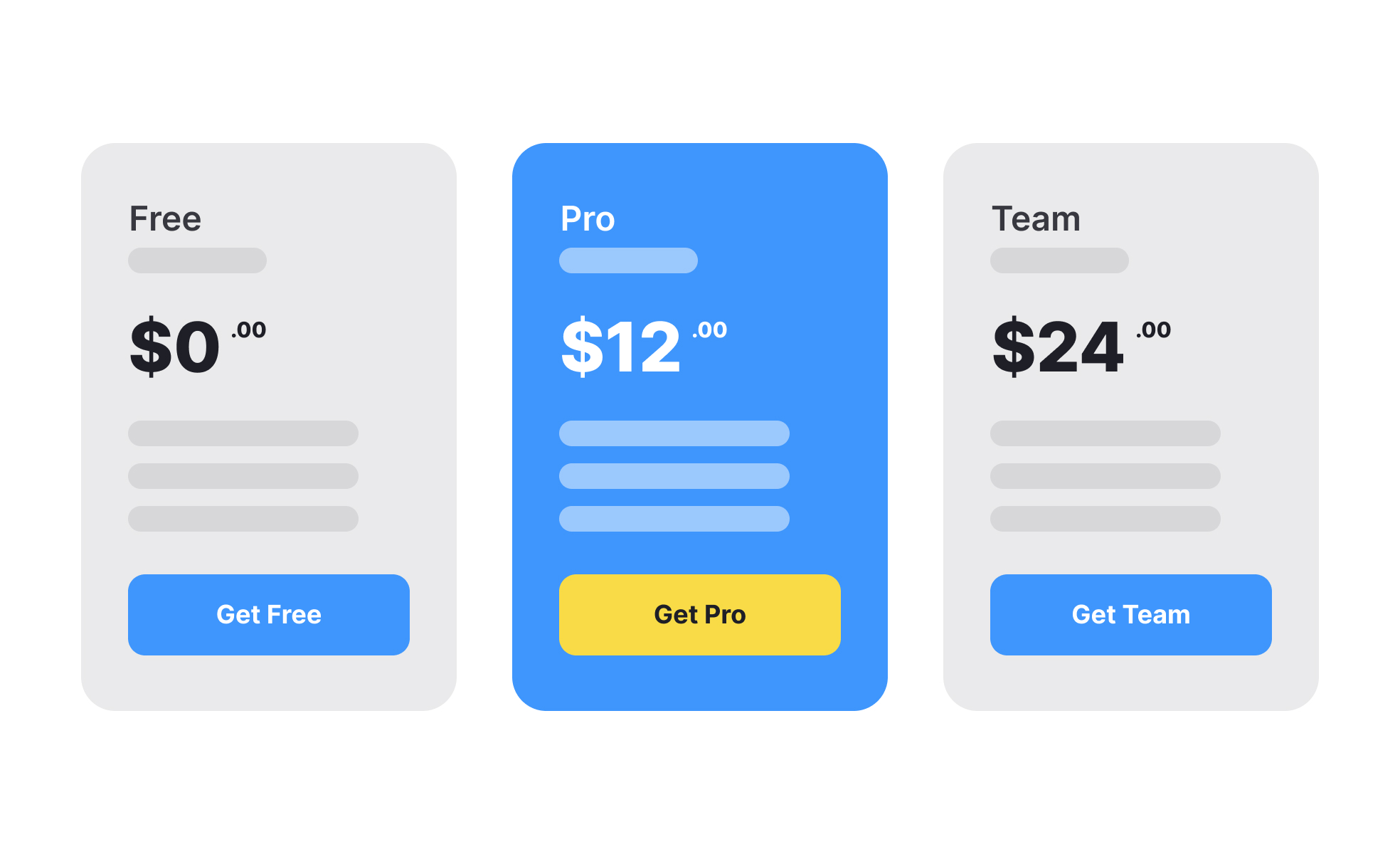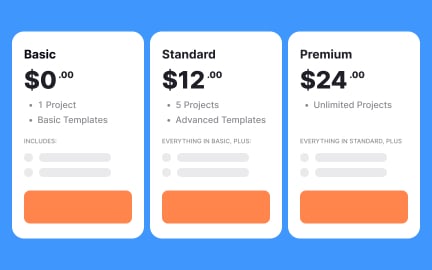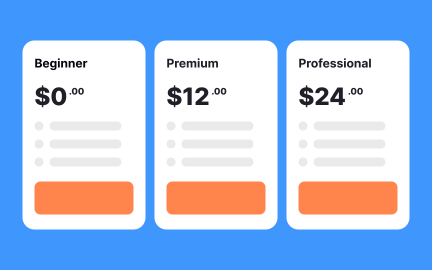Price
Price is the monetary value assigned to a product or service, reflecting perceived worth, production costs, competition, and market demand.

TL;DR
- Monetary value of a product or service.
- Influences demand and customer perception.
- Balances cost, competition, and value.
- Central to business strategy and revenue.
Definition
Price is the amount of money charged for a product or service, determined by costs, competition, and perceived customer value, and plays a key role in positioning and profitability.
Detailed Overview
Price is one of the most visible and influential elements of a product strategy. It not only determines revenue but also shapes customer perception, signaling quality, positioning, and competitive differentiation. A low price may attract cost-sensitive customers, while a premium price can position a product as high value.
A frequent question is how companies set prices. Cost-plus pricing, value-based pricing, and competitive pricing are common methods. Cost-plus adds a margin on top of production costs, while value-based pricing focuses on how much customers are willing to pay based on perceived benefits. Competitive pricing anchors decisions around market averages.
Another common query is how pricing affects demand. Price elasticity describes how sensitive customers are to changes in cost. Essential products often have low elasticity, meaning demand remains steady even as prices rise. Luxury or non-essential items may see sharp drops in demand when prices increase.
Teams also ask about psychological pricing. Techniques such as pricing just below round numbers (e.g., $9.99 instead of $10) create a perception of affordability. Bundling and tiered pricing also guide users toward desired options by influencing comparisons.
Digital products introduce unique considerations. Subscription models, usage-based pricing, and freemium strategies allow companies to align price with ongoing value delivery. These models encourage recurring revenue and long-term relationships rather than one-time purchases.
Finally, pricing is not static. Companies adjust prices over time based on competition, costs, and shifts in demand. Continuous testing and customer research ensure pricing remains aligned with both business objectives and customer expectations.
Learn more about this in the Pricing Pages Lesson, a part of the Common Design Patterns Course.
Companies weigh production costs, customer value, and competitor benchmarks. Value-based pricing is often most effective because it reflects how much customers are willing to pay.
Research, testing, and iteration ensure that pricing supports both profitability and demand.
Price elasticity measures how sensitive demand is to changes in cost. Products that are necessities, like basic utilities, tend to have low elasticity. Luxury or discretionary goods are usually more price-sensitive.
Understanding elasticity helps businesses anticipate the impact of price adjustments.
Psychological pricing makes products feel more affordable or appealing. For example, setting a price at $9.99 instead of $10 influences perception. Bundling or tiered pricing can also steer customers toward specific options.
These tactics leverage cognitive biases while still aligning with the overall strategy.
Subscriptions shift revenue from one-time purchases to ongoing relationships. This lowers barriers to entry for customers while creating recurring income for businesses. Freemium models also allow gradual adoption before conversion to paid tiers.
This model aligns pricing with long-term engagement and value delivery.
Markets, competitors, and customer expectations evolve. A price that worked at launch may not fit future conditions. Companies monitor performance and adjust prices to maintain alignment with goals and context.
Ongoing flexibility ensures pricing remains competitive and profitable.
Recommended resources
Courses

UX Design Foundations

Design Terminology

UI Components I
Lessons
Exercises
Tutorials
Projects

Parmonic - AI Video Automation Platform

TaskHive - Pricing Page for SaaS















